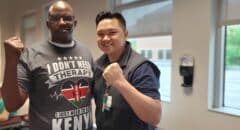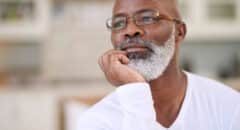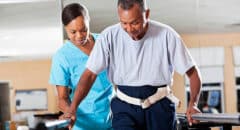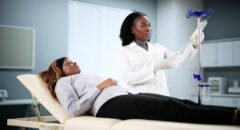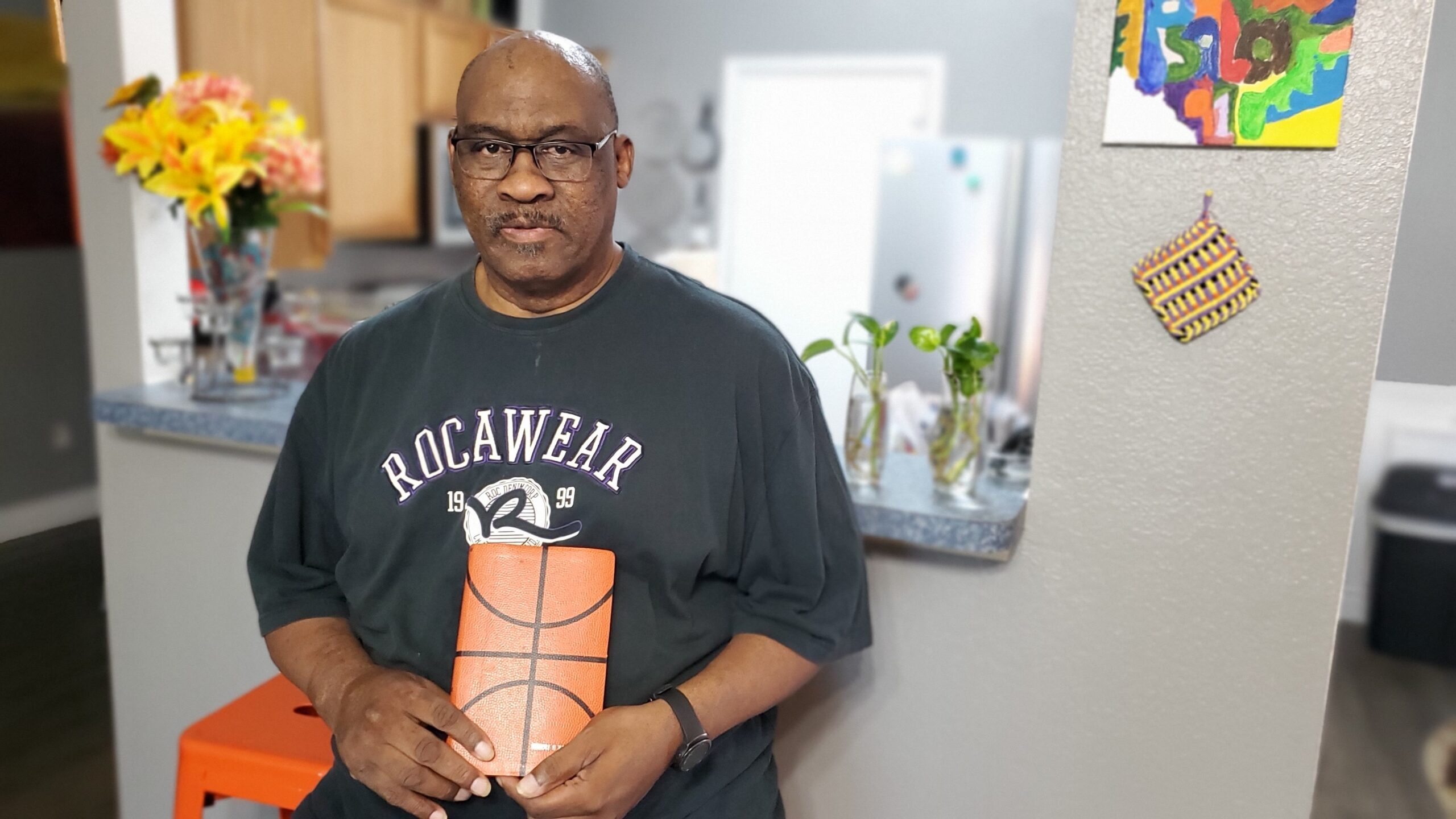
Atrial fibrillation (AFib) is a condition where someone has an abnormal heart rhythm. The condition, which affects approximately one in nine Black Americans before the age of 80, is less frequent in Blacks. However, Blacks with AFib are more likely to have complications. This includes the risk of developing a stroke.
When “the heart isn’t really beating, has an irregular rhythm and isn’t pumping blood out regularly, this can cause blood to have a different flow pattern inside of the heart causing flow stagnation in the heart and that can lead to blood clots forming in the heart…Those clots can travel. When it travels to the brain and it causes blockage and a big artery in the brain, that can lead to stroke,” Dr. Yinn Cher Ooi, MD, a Neurological Surgery and Spine surgeon at Texas Health Fort Worth says.
This was the case for Robert Williams whose wife Priscilla noticed something was wrong after she returned from the store to discover that Robert had dropped all of his medicine on the floor and that his speech was off.
“I kind of figured that he was having a stroke,” Priscilla shares.
Taking quick action, she called 911. The operator had Priscilla test Robert by asking him to perform some basic tasks.
“She said to tell him to smile and he couldn’t do it. She asked me to tell him to lift up his hands and when he lifted up his hands, the left hand went down. And then she gave me a phrase to say to him and he couldn’t say the phrase,” Priscilla recalls. “She said ‘Ma’am I think you’re right. I think he is having a stroke.’”
RELATED: Post-Stroke Care: What to do After Having a Stroke
As soon as Priscilla got off the phone with the 911 operator, paramedics were at the door. They confirmed he was having a stroke and took him to his hospital of choice: Texas Health Harris Methodist Hospital Fort Worth.
“Robert came to us with a very large stroke on the left side of his brain the size of a watermelon seed that had traveled from his heart to his brain causing a blockage in one of the major blood vessels of his brain,” Dr. Ooi, who treated Robert shares. “That led to him having a very big stroke. He was very sick when he came to us, unable to speak, unable to understand speech, and unable to move the right side of his body. He had a very profound facial weakness.”
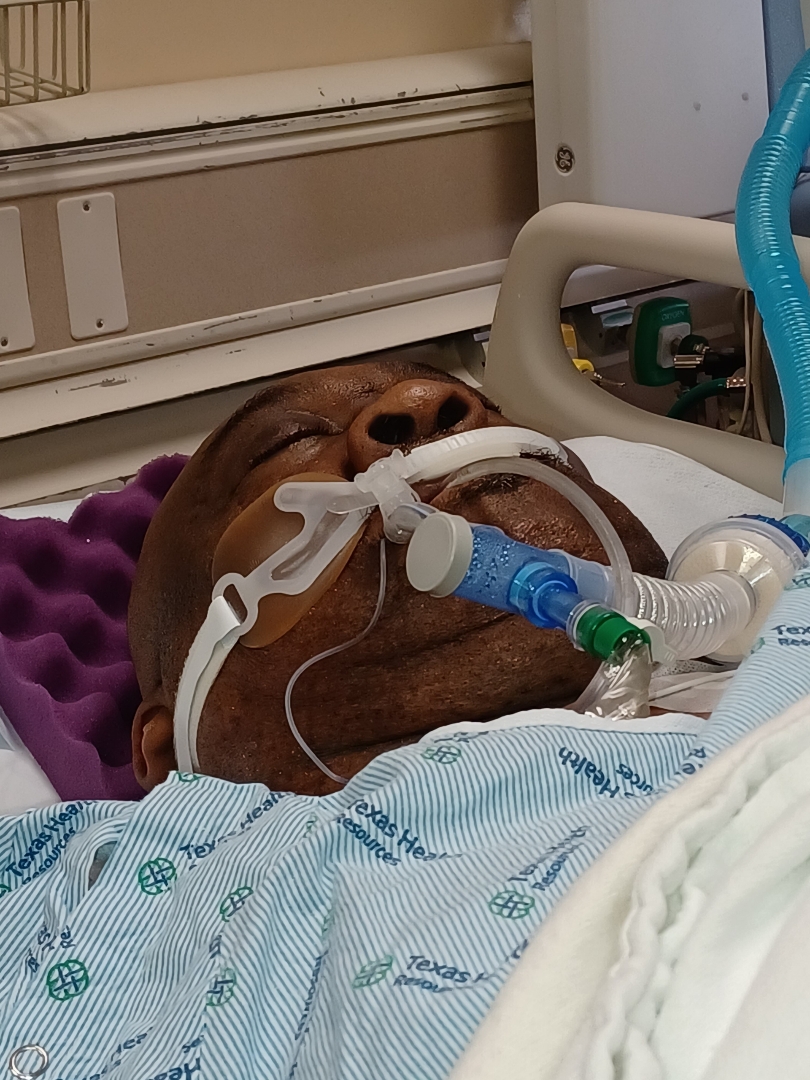
Due to the severity of his stroke, Roberts’s condition was touch and go. “I was told he had about a 34 percent chance of survival,” Priscilla shares.
Because Robert’s blood vessels made it impossible to perform a traditional thrombectomy, Dr. Ooi opted to enroll him in one of the hospital’s ongoing clinical trials. This allowed doctors to do a small incision just above the collarbone to access the carotid artery and successfully extract Robert’s clot.
Although the procedure was a success, a day later another clot formed. “He was in the hospital after his first successful thrombectomy. He made a very good recovery but unfortunately, during his hospital stay, he had a second stroke where blood clots traveled to the right side of his brain,” Dr. Ooi adds.
Fortunately, nurses in the stroke unit and ICU caught the change in Robert’s neurologic exam “very quickly”, which is key to preventing brain damage.
After suffering back-to-back strokes, Robert underwent another successful surgery.
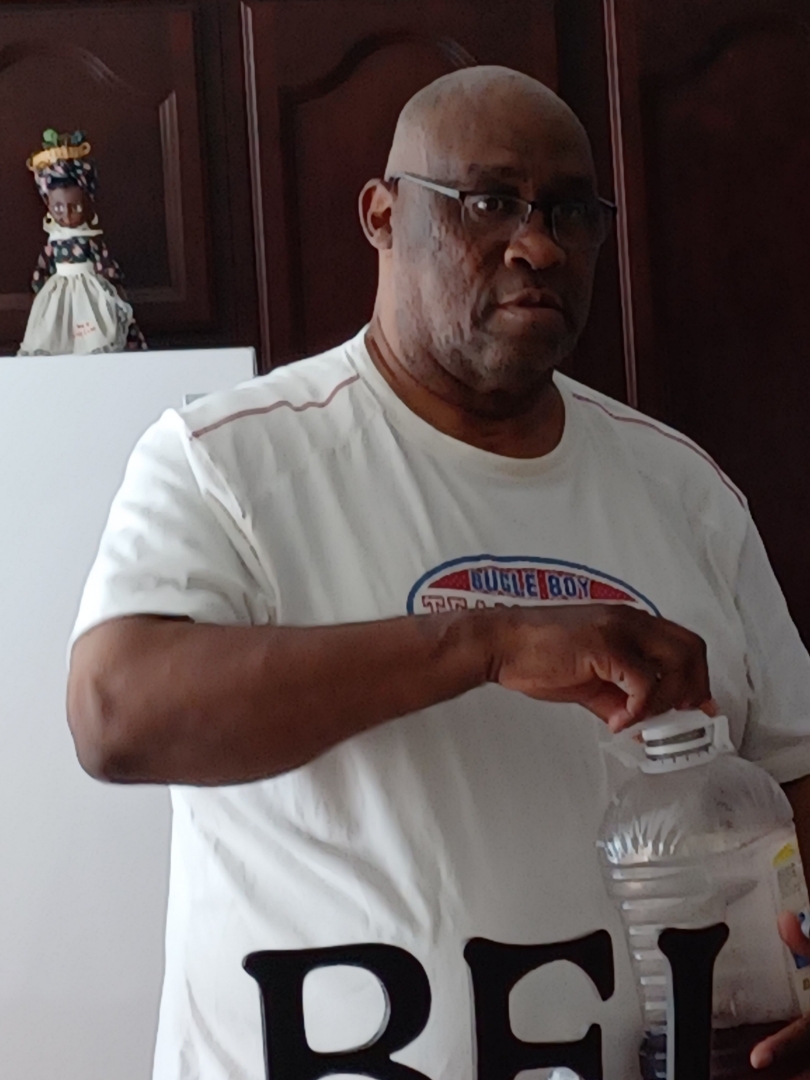
Following surgery, the former basketball player spent three months in rehab. He is now getting back to his regular routine. The “walking miracle” (as Priscilla describes him) has already made amazing progress.
“Robert did have a very long recovery process. He was in the hospital for close to a month and had to undergo two thrombectomy procedures within one hospital stay, which is not common at all for our patients, but we’re all extremely excited and happy for him and his family for the remarkable recovery he’s made and that is in no small part due to the love and support that he got from his wife and his family,” Dr. Ooi says. “…It takes a village to take care of patients like Robert…He wasn’t able to speak at all– didn’t understand speech – he now speaks well. He actually recently went back to work, so we are all very very excited and very very proud of him.”
RELATED: Stroke Survivor on the Road to Recovery: “There Are Setbacks”
The road to stroke recovery isn’t linear. It’s a constant ongoing process. Throughout his journey, Robert has relied heavily on his faith to get him through.
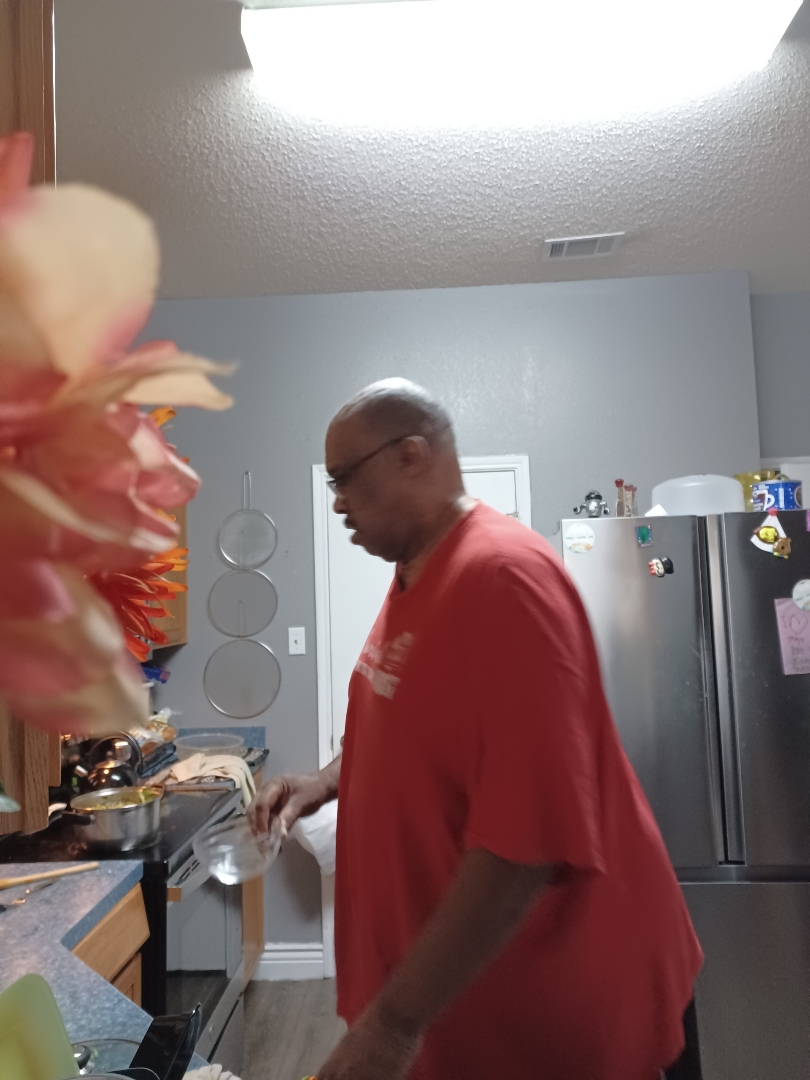
“I just want people to know if you look at me, I’m still here… but you have to believe in God and give it all to him,” Robert shares.
Naturally, Robert has days when he may feel down, but Priscilla quickly reminds him of how far he’s come.
“Sometimes I get there and I think I should be further along with my health ,and my wife says you just came home,” Robert adds. “Sometimes I’m not patient, but I look at the pictures that she took of me in the hospital and see how far I’ve come just by looking at those pictures.”
RELATED: Recovering From a Stroke: Coming Back to a New Reality
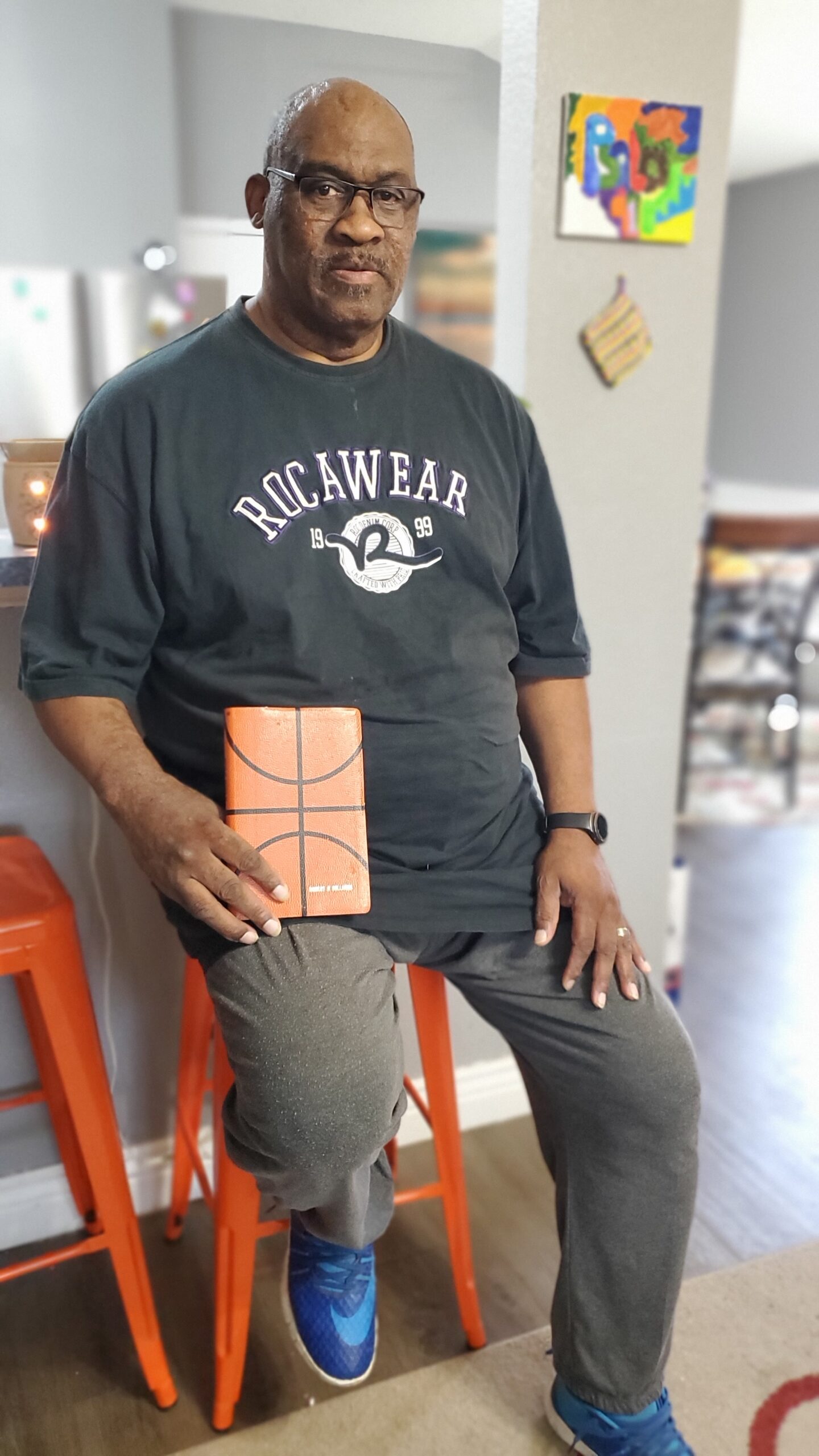
Robert’s advice to stroke survivors
- Don’t give up or limit yourself. “Sometimes I would not let my wife do something, and then I was like, OK, I can do it, and that helped me. I started doing a lot of things by myself. You can’t be afraid to do some things by yourself because that’s the only way you’re going to get better. If you sit here not using your arm, saying ‘Oh I can’t use this knuckle,’ it’s not going to get better, it’s gonna get worse. Right now, I can’t feel a lot of things but I can touch it and I’m still working with my ball, I’m still squeezing – still trying to get that motion back – but I’m not going to give up because I know if I give up that hand is going to fall apart and won’t be good,” Robert says.
- Remember your why. “I go to work every day from six in the morning to 10 in the morning and I was going to quit, but I prayed on it and God said ‘I told you it was gonna be hard’ and that’s what makes me get up in the morning because I told my wife last week I was gonna quit and she said you do what you want to do and I woke up this week and I got dressed this morning. She didn’t know I left for work and I was back out there again. I give everything to God because he’s letting me know you made a promise, you’ve got to keep and that’s what I’m doing,” Robert adds. “If it wasn’t for my wife, I would not be here.”
RELATED: How to Cope When a Loved One Has Just Had a Stroke
Priscilla’s advice to spouses of stroke survivors
- Take care of yourself. “My advice is to get your rest – do what you have to do for yourself so you can be there for him or her because without you being there, they’ll start feeling like it’s all my fault that I’m here and she or he is sick. We have to learn how to take care of ourselves first and then take care of our spouse,” Priscilla says.
- Keep your faith. Priscilla shares that she and Robert live by the scripture Psalm 118:17, which states that “I will not die but live, and will proclaim what the LORD has done.”
- Tell your spouse you love them. “Love is the most powerful word that there is in the human language. Love is what love does,” Priscilla says.
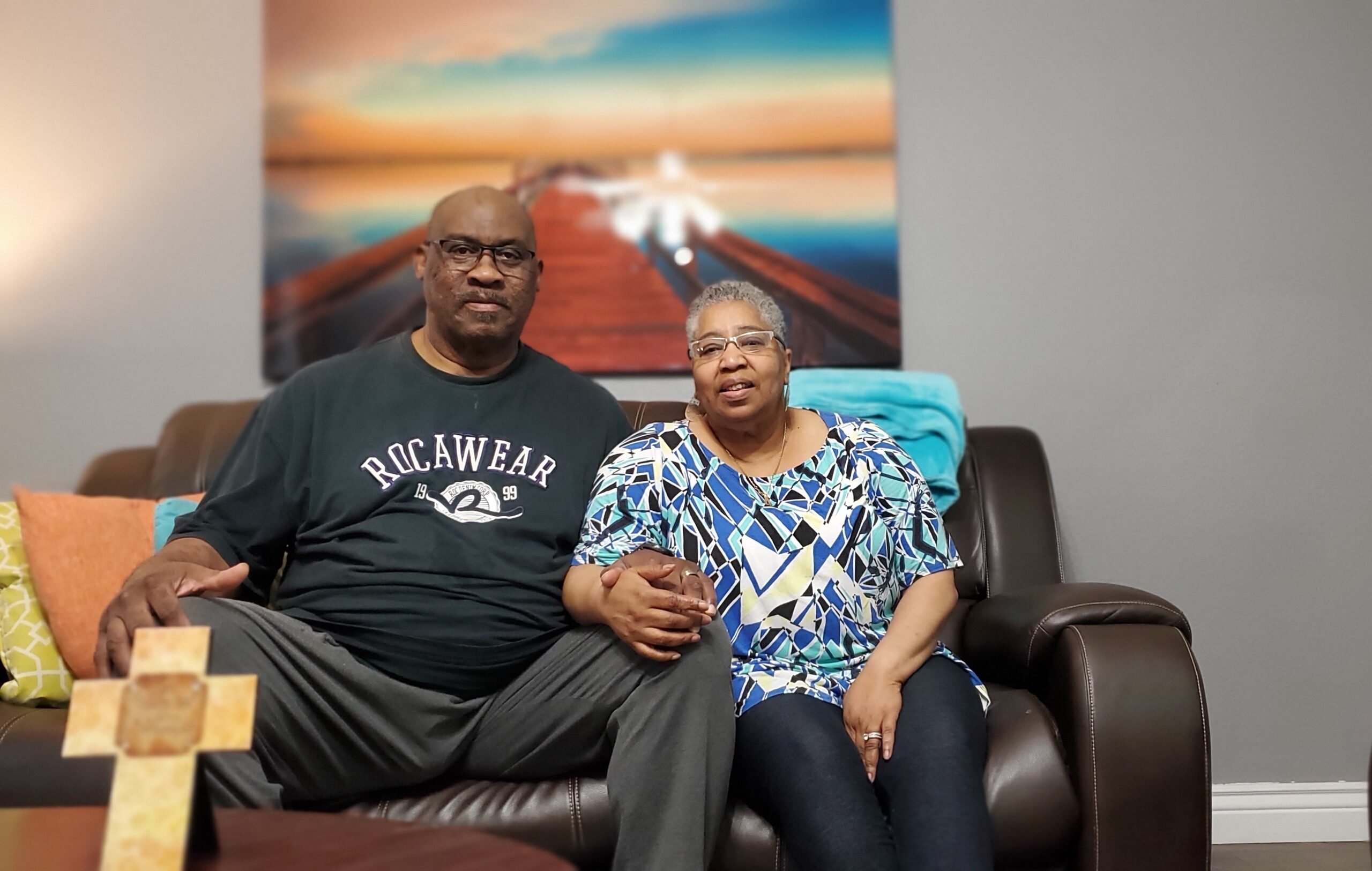
Dr. Ooi’s advice for protecting yourself from Stroke and AFib
- Identify the problem. “The best way to protect yourself from AFib causing stroke is really to identify the problem. Patients with many different types of presentations – things as vague as just lethargy, having a racing heart, heart palpitations, feeling your heart pound from time to time, having this weird whooshing sound in your ear – these are all things that if you are experiencing, it’s important to bring up to your doctor so they can do the appropriate workup. And once the appropriate workup has been done and you’ve been identified to have that, that typically warrants a visit with the cardiologist and they will start you on medications 1.) to control your heart rate, 2.) you may also have blood clots. As mentioned earlier, AFib can lead to normal blood flow within the heart and cause blood clots to form within the heart and get pumped out to the rest of the body. Taking a blood thinner can prevent blood clots from forming in the heart,” Dr. Ooi shares.



